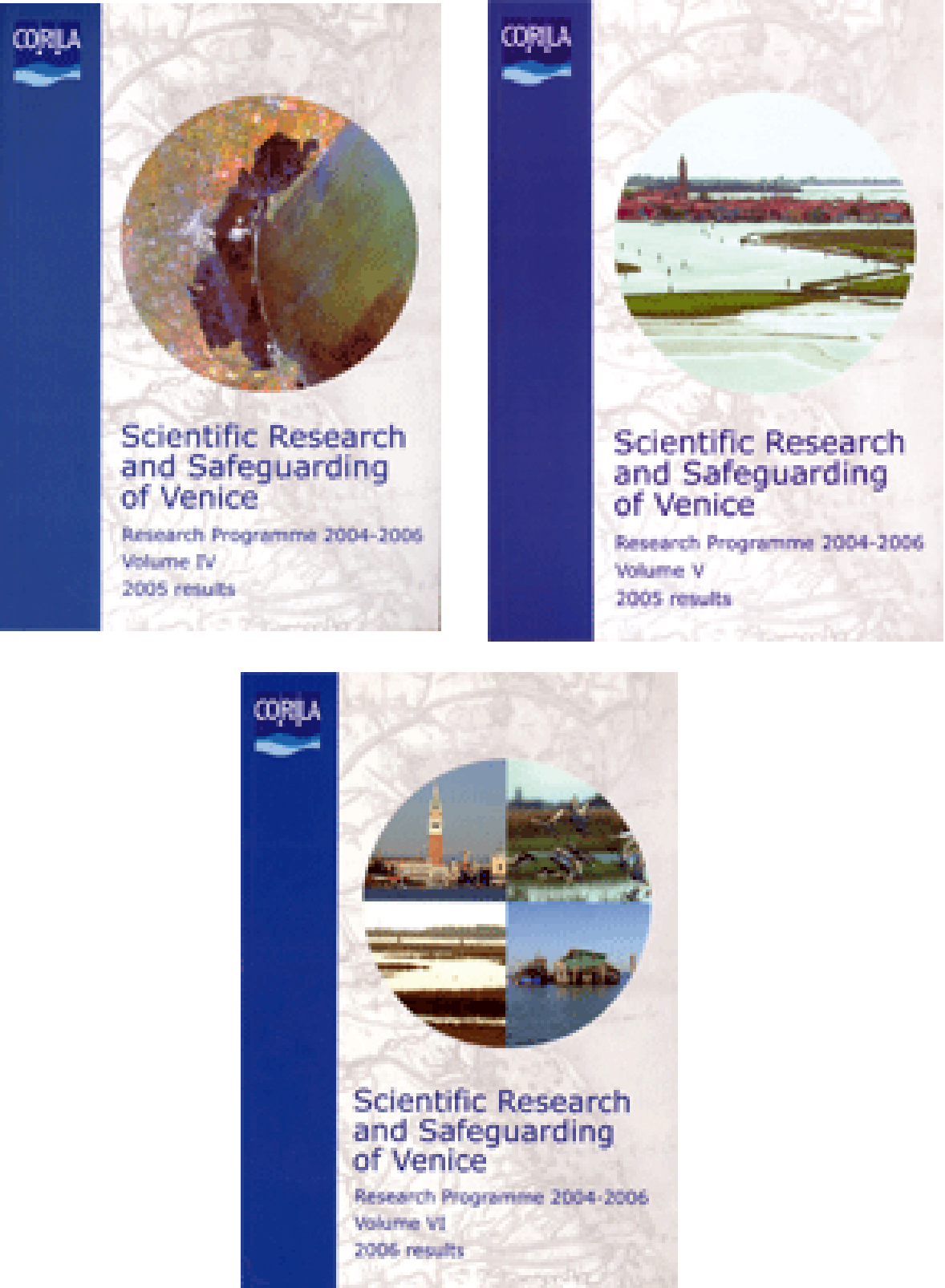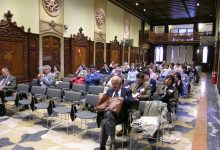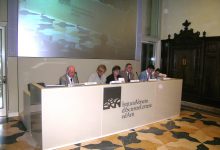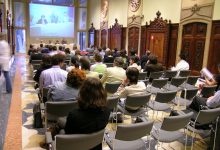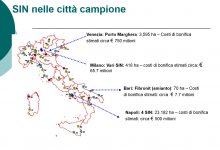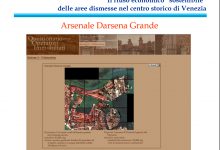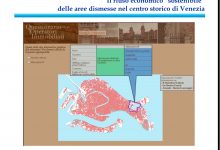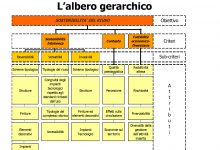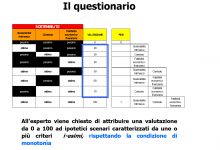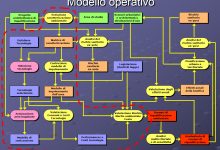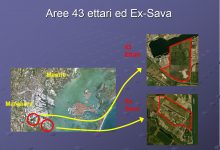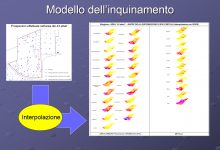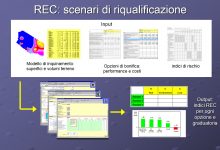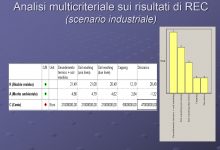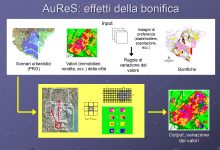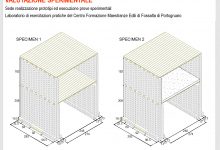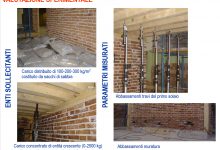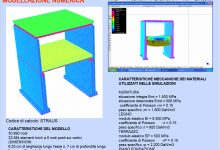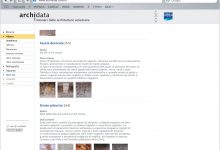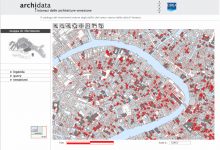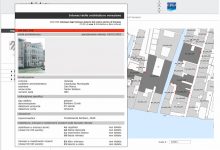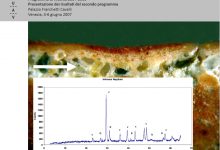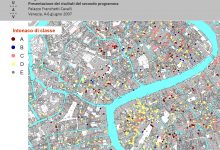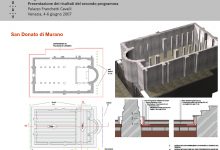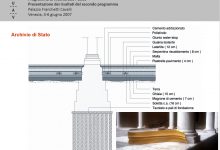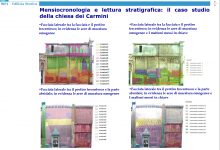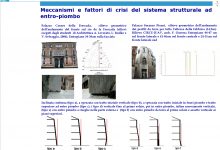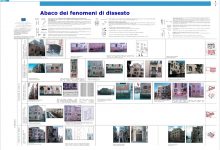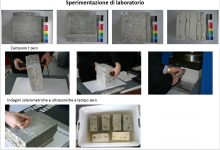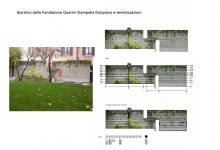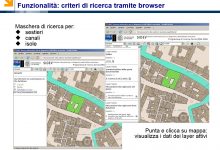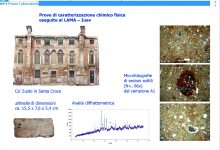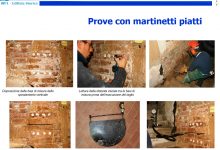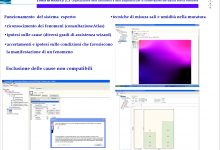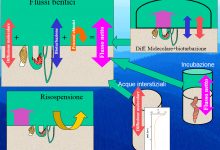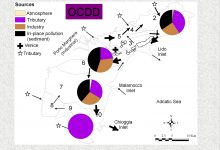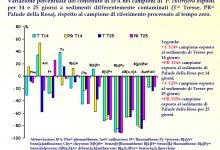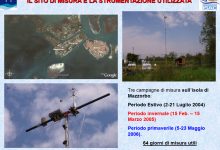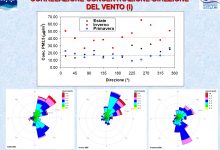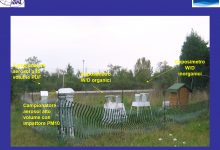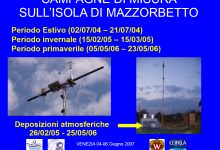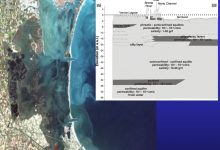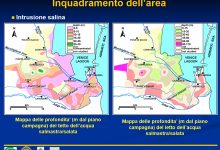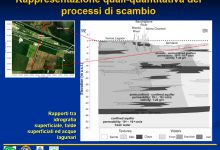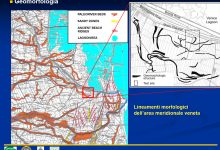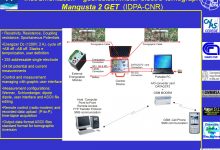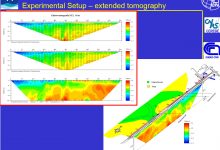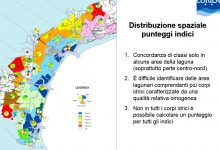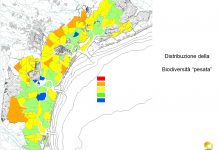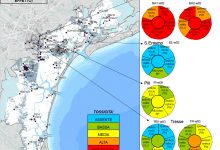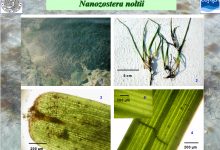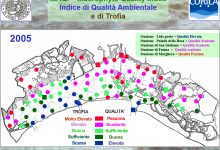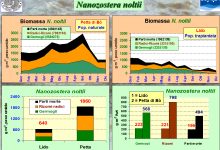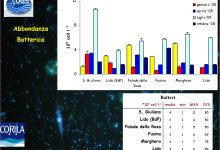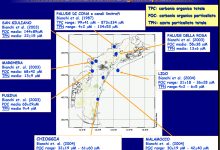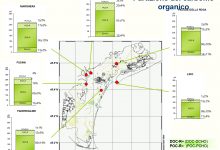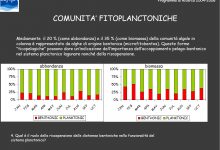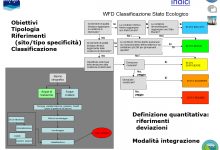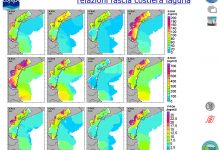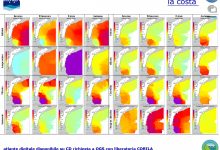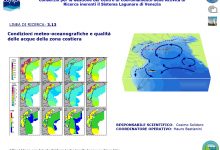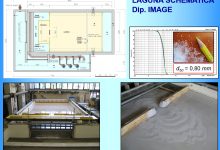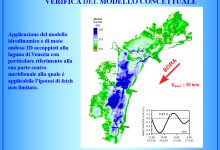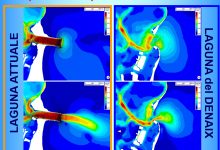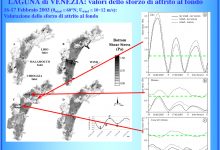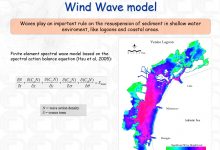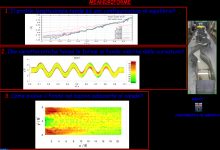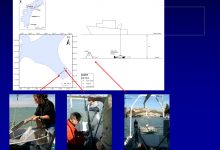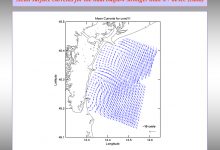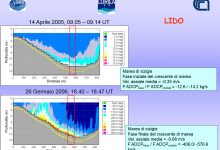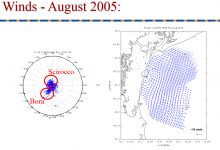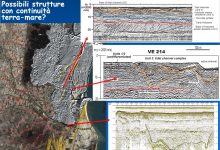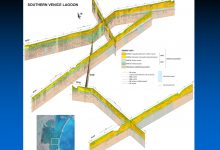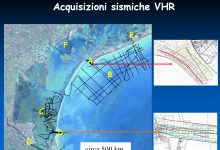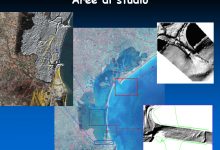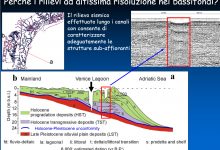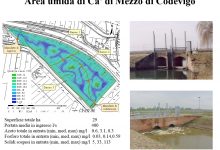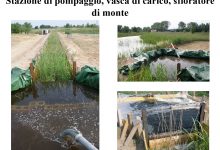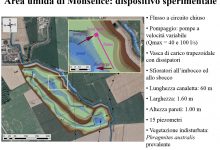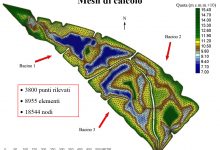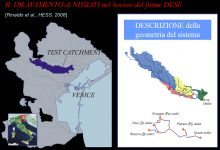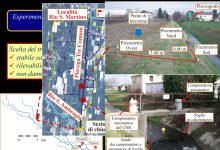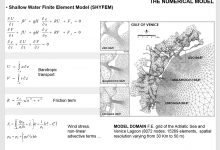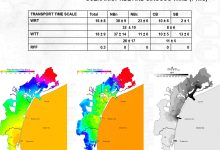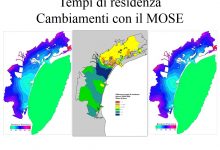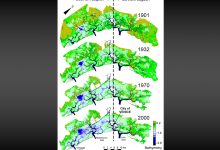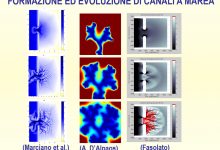Published on 18-03-2022
January 1, 2004, the Second Research Program began, which ended in three years. In Italy, the Venice lagoon has always been a testing ground for environmental-oriented laws and technical standards: in this new millennium the European dimension must be considered, and the experience of Venice can be very useful in applying the Framework Directive. on the Waters. Many rules, decrees and laws applied to the lagoon environment appear obsolete today, in the light of current scientific knowledge, but the steps necessary to renew them are by no means trivial, and must be based on a solid and solid knowledge of environmental processes. We are therefore talking about Venice and its lagoon and the new knowledge that can help their preservation. Moreover, the knowledge developed in the research and presented here has a wide application capacity even in places differently located from a geographical point of view and in different themes. The Second CORILA research program provides political decision-makers and Administrations with concrete answers on the questions that had been presented to direct the research: in some cases the useful elements are provided to consider the cognitive framework sufficiently complete, in others substantial progress is made and any further necessary insights are identified with greater precision, and finally in still others the prospects for the applications of new knowledge are outlined. The scientific community hopes that these responses will be matched by equally clear legislative and administrative interventions that can, on the one hand, more effectively regulate anthropogenic pressures on the environment (for example, from fishing to tourism, to industrial emissions), and on the other hand make up for the mistakes of the past. (for example the remediation of Marghera), on the other hand a convinced and focused continuation of environmental monitoring, according to their continuous adaptation to new knowledge and needs. For the historic city, whose use we persist in believing is not only for tourism, we can hope that the tools developed and made available for the conservation and restoration of the buildings can also support the necessary policies to support the Venetians’ residence. Line 1.2. Evaluation of the benefits and costs of remediation of polluted sites in the Venice lagoon. Line 2.2. Census of Venetian plasters and historical interventions to defend against “high waters”. Line 2.3. Methods and technologies for the restoration and conservation of Venetian buildings. Project: Speciation, distribution, flows, bioaccumulation and toxicity of the main contaminants in the Venice Lagoon: experimental and modeling approach. Scientific director Dr. M. Frignani, CNR-ISMAR Bologna. Operations manager prof. G. Capodaglio, Ca ‘Foscari University of Venice.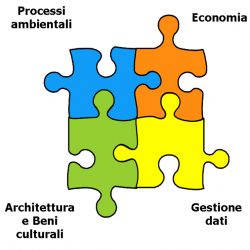
Economics, Architecture and Cultural Heritage, Environmental Processes, Data Management for the Venice Lagoon
Research programme 2004-2006
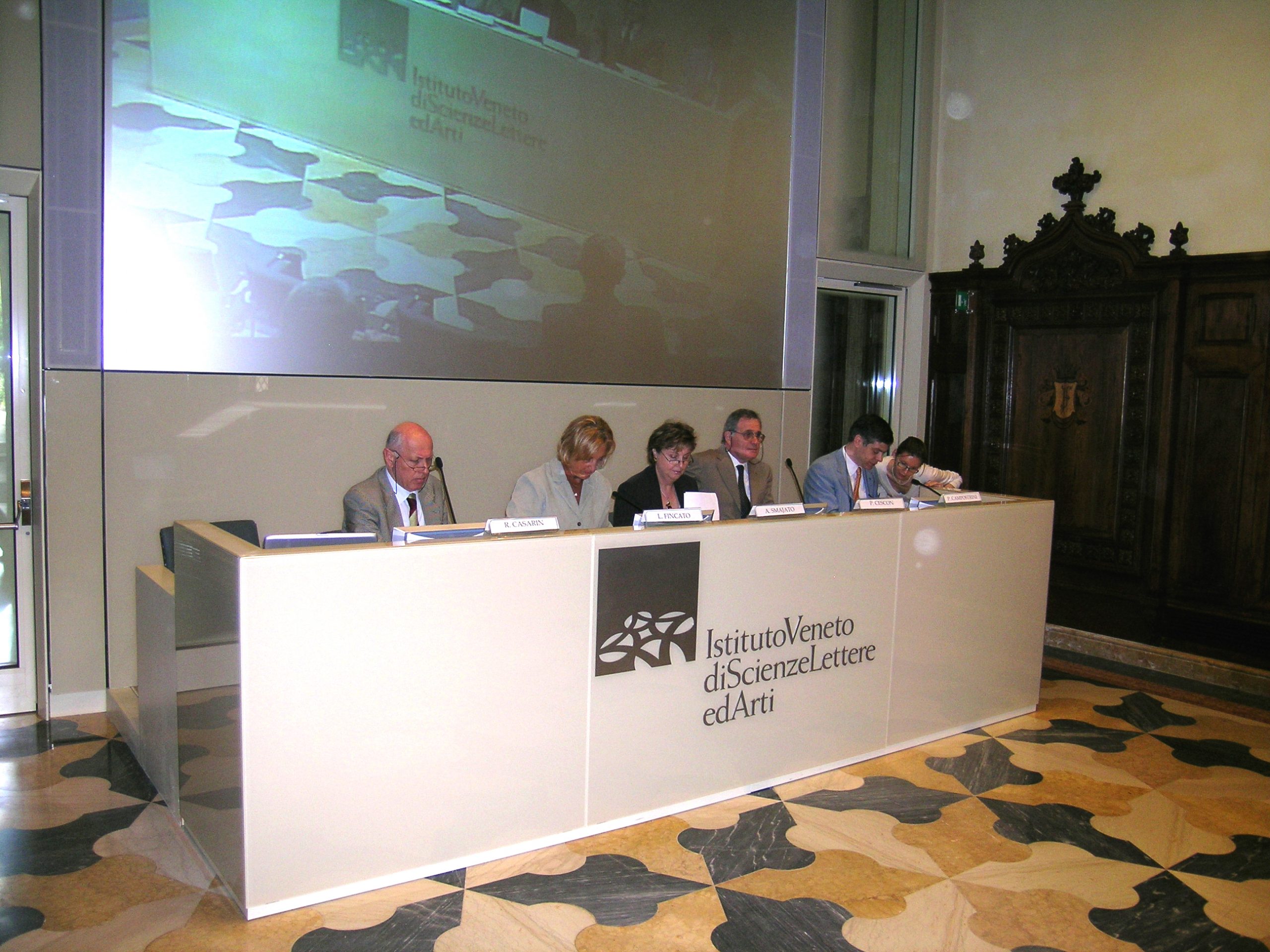
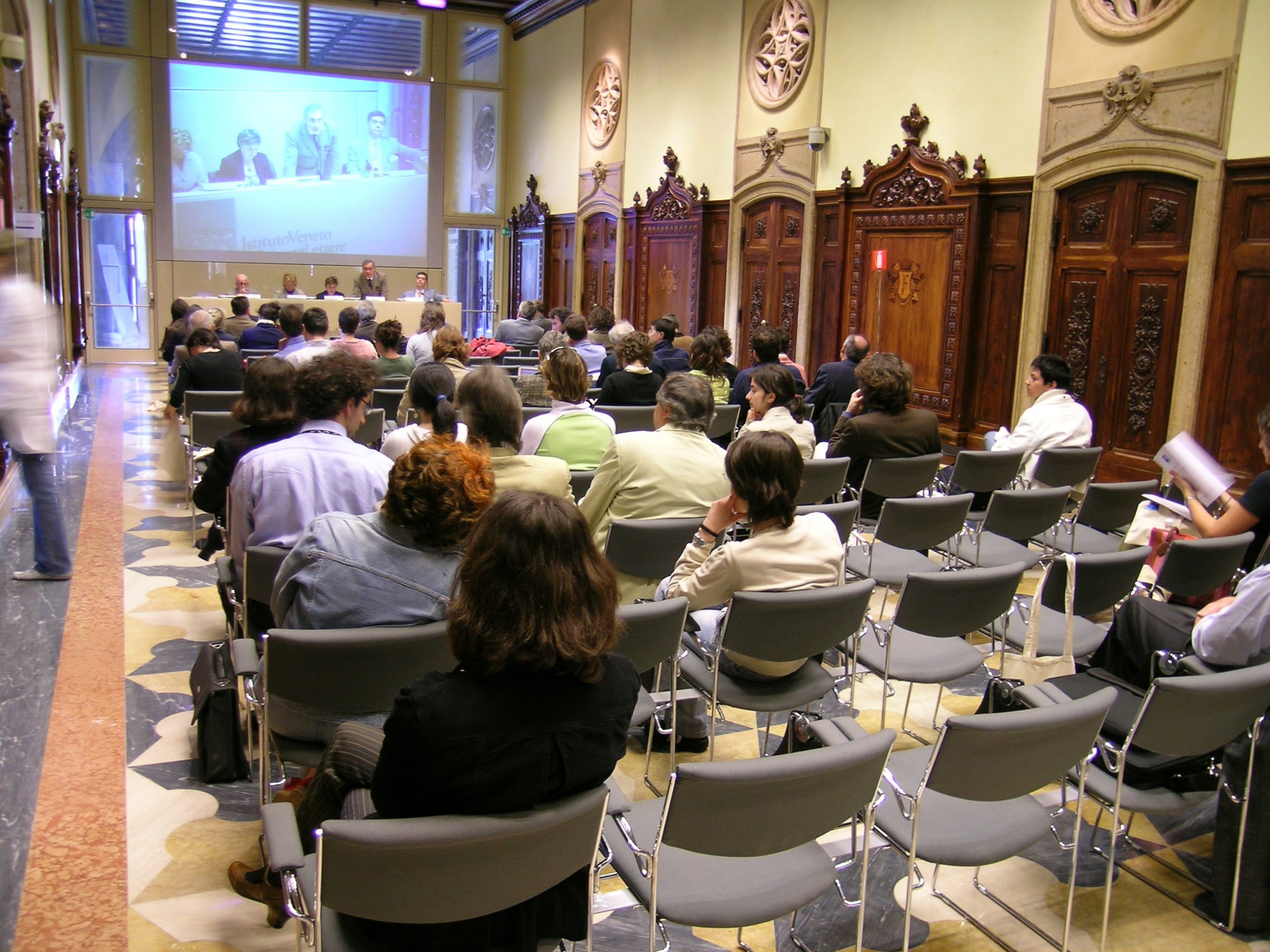
Project: Policies for the redevelopment and remediation of polluted soils in the “site of national interest” of Porto Marghera: procedures to aid knowledge, support decisions and assess tangible and intangible net benefits. Scientific and operational manager prof. D. Patassini, IUAV University of Venice
Project: Venice, a millennium of construction and protection from “salty waters”. Scientific and operational manager prof. M. Piana, IUAV University of Venice
Project: Organization of knowledge and diagnostics for the conservation of historic Venetian buildings
Line 3.9. Pollutant flows in the lagoon conveyed by aerosols and atmospheric fallout.
Project: Balance of flows of organic and inorganic micropollutants at the atmosphere-water interface of the Venice lagoon. Scientific and operational manager prof. Franco Prodi, CNR-ISAC Bologna.
Line 3.10. Groundwater flows in the Venetian lagoon system.
Project: Determination of groundwater flows in the Venetian lagoon system using natural isotope tracers and geoelectric tomography. Scientific director prof. C. Claude, CEREGE, France. Operational manager dott. G. Biella, CNR-IDPA, Milan.
Line 3.11. Indices of ecological quality, biodiversity and environmental management of lagoon areas
Project: Environmental quality indicators and indices for the Venice lagoon. Scientific director prof. A. Marcomini, Ca ‘Foscari University of Venice. Operations manager prof. P. M. Bisol, University of Padua.
Line 3.12. Trophic chain and primary and secondary production in lagoon metabolism
Project: Structure, dynamics and functional characteristics of biological communities dominated by macrophytes and planktonic algae in the Venice Lagoon. Scientific director Dr. A. Pugnetti, CNR-ISMAR Venice. Operational manager dott. F. Acri, CNR-ISMAR Venice.
Line 3.13. Meteo-oceanographic conditions and quality of the water and the coastal zone.
Project: Climatology and quality of coastal waters of the Veneto Region. Scientific director Dr. C. Solidoro, OGS Trieste. Operational manager dott. M. Bastianini, CNR-ISMAR Venice.
Line 3.14. Processes of erosion and sedimentation in the Venice lagoon
Project: Mathematical and physical modeling of some erosion and sedimentation processes in the Venice Lagoon. Scientific and operational manager prof. L. D’Alpaos, University of Padua.
Line 3.15. Solid transport and surface circulation at the inlets and in the coastal area.
Project: Small-scale coastal circulation and solid transport at the Venice inlets. Scientific director Dr. M. Gacic, OGS Trieste. Operational manager dott. A. Mazzoldi, CNR-ISMAR Venice.
Line 3.16. Characteristics of the lagoon subsoil.
Project: Application of innovative very high resolution seismic methodologies on shallow waters for the study of the Venetian lagoon subsoil. Scientific director Dr. G. Brancolini, OGS Trieste. Operational manager dott. L. Tosi, CNR-ISMAR Venice.
Line 3.17. Transport phenomena in the hydrological cycle: model of the release of substances in the lagoon.
Project: Modeling and observation of the hydrology and transport of solute and suspended substances in the drainage basin. Scientific and operational manager prof. M. Marani, University of Padua.
Line 3.18. Residence times and hydrodynamic dispersion in the Venice lagoon.
Project: Intermareal dispersion, morphology and long-term morphodynamic processes in lagoons. Scientific and operational manager prof. G. Di Silvio, University of Padua Media



